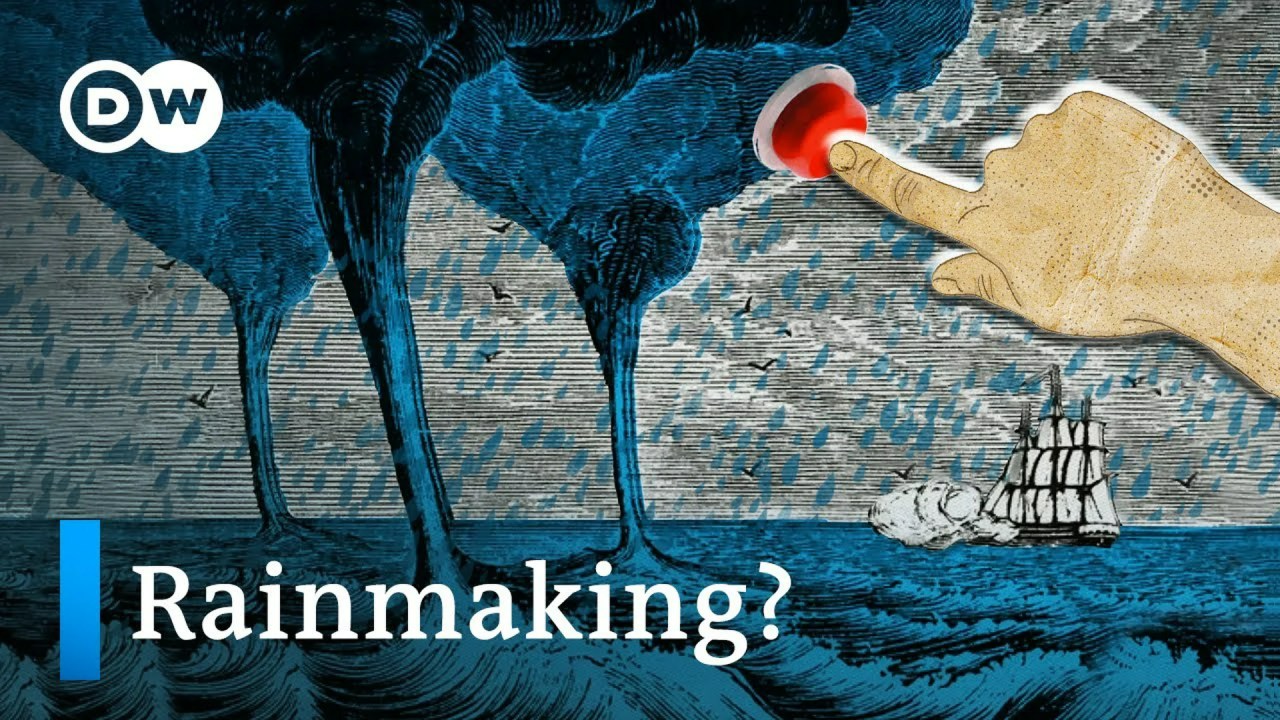Cloud seeding is a process that has recently gained traction as an innovative means of tackling the increasingly destructive effects of global climate change. By increasing the amount of cloud cover, temperature differences between ground level and high-altitude regions can be regulated to prevent droughts, floods, and fires in affected areas. In theory, cloud seeding could be used to increase precipitation levels in drought-stricken regions and cool down excessively hot temperatures during heat waves.
But does this technology actually work? And if it does work, should it be used? To answer these questions, one must understand how cloud seeding works. Essentially, substances such as silver iodide are sprayed into clouds from the ground or from planes; this triggers condensation in the clouds, which results in rain formation. The process is not without controversy; some scientists have raised concerns that it can damage ecosystems and disrupt natural weather patterns.
A new documentary seeks to answer these questions by providing an up-close look at how cloud seeding works and examining its potential costs and benefits. The film follows a group of scientists who embark on a quest to save their hometown from extreme and unpredictable weather events by using the power of cloud seeding. Through interviews with experts in the field and stunning imagery captured over expansive landscapes, viewers gain insight into the complex science behind cloud seeding while learning about its potential risks and rewards.
Despite its potential drawbacks, cloud seeding could prove invaluable for combating some of our most pressing environmental challenges. If you’re curious about how this technology works or what it could mean for our future, then you won’t want to miss this insightful documentary about cloud seeding – now streaming on Amazon Prime Video! Investigate for yourself whether or not this method holds promise for mitigating droughts, floods, and other extreme weather events around the world.



